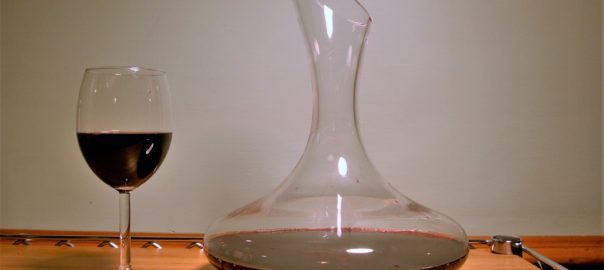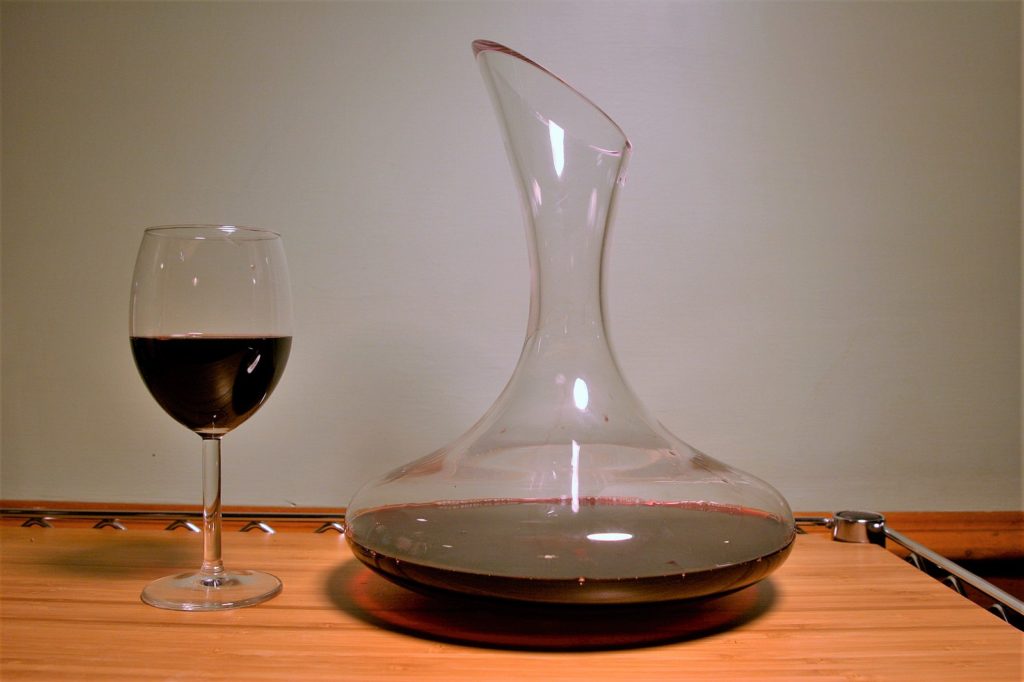Beerenauslese, TBA, and Icewine are all types of German wines that fall under the category of sweet dessert wines. Each is distinct in its production method, grape selection, and the level of sweetness. Here’s how to understand each one:
1. Beerenauslese (BA)
- Meaning: “Beerenauslese” translates to “selected berries” in German. It refers to a wine made from overripe grapes that have been carefully selected. These grapes are often affected by noble rot (Botrytis cinerea), which concentrates their sugars, leading to a sweeter wine.
- Grape Variety: Typically made from Riesling, though other varieties like Silvaner or Gewürztraminer can also be used.
- Taste Profile: Beerenauslese wines are sweet, with flavors of honey, apricot, and citrus. They have a rich mouthfeel with a complex, concentrated flavor profile due to the noble rot.
- Alcohol and Sweetness: These wines generally have moderate alcohol levels and high sweetness.
2. Trockenbeerenauslese (TBA)
- Meaning: “Trockenbeerenauslese” translates to “selected dry berries.” It’s a more intense version of Beerenauslese, with the grapes left on the vine until they are fully shriveled, often affected by noble rot, which results in a very high level of sweetness and concentration.
- Grape Variety: Typically made from Riesling, but other varieties can be used, depending on the region.
- Taste Profile: TBA wines are extremely sweet and full-bodied, with deep flavors of dried fruits, honey, tropical fruits, and spices. They are rich, complex, and have a very long finish. The high sugar content balances well with a good level of acidity.
- Alcohol and Sweetness: They have high alcohol (typically around 8-10%) and very high sweetness. TBAs are rare and can be quite expensive because the production process is so labor-intensive.
3. Icewine (Eiswein)
- Meaning: Icewine, or Eiswein, is made from grapes that are left to freeze naturally on the vine. The grapes are harvested when temperatures drop to around -8°C (17°F) or colder, which causes the water in the grapes to freeze. The resulting juice is highly concentrated in sugars and flavors.
- Grape Variety: Commonly made from Riesling and Vidal Blanc, although other varieties can be used.
- Taste Profile: Icewine is sweet, with vibrant flavors of tropical fruits, citrus, and stone fruits. It has a fresh, crisp acidity that balances out the sweetness, giving it a more refreshing feel compared to other sweet wines.
- Alcohol and Sweetness: Icewine typically has a lower alcohol content (around 8-10%) and high sweetness, but the acidity makes it feel less heavy than other sweet wines.
Key Differences Between BA, TBA, and Eiswein:
- Beerenauslese (BA): Made from overripe, often botrytized grapes, resulting in sweet, concentrated flavors. The wines are rich but not as intensely sweet as TBA.
- Trockenbeerenauslese (TBA): Made from overripe, shriveled, botrytized grapes, creating a very sweet, rich wine with deep, complex flavors. TBA wines are rarer and typically more expensive due to their labor-intensive production.
- Icewine (Eiswein): Made from grapes that freeze naturally on the vine, creating a concentrated, sweet, and crisp wine. Unlike BA and TBA, icewine doesn’t rely on botrytis, but instead on the natural freezing process.
Summary of Differences:
- Beerenauslese: Overripe grapes, often with noble rot, leading to a rich, sweet wine.
- Trockenbeerenauslese: Even more concentrated than BA, made from shriveled, botrytized grapes, very sweet and complex.
- Icewine: Made from frozen grapes, offering a sweet, fresh, and crisp wine with high acidity.
Each of these wines offers a different level of sweetness and complexity, but they all provide a luxurious and delicious experience for those who appreciate sweet wines!













